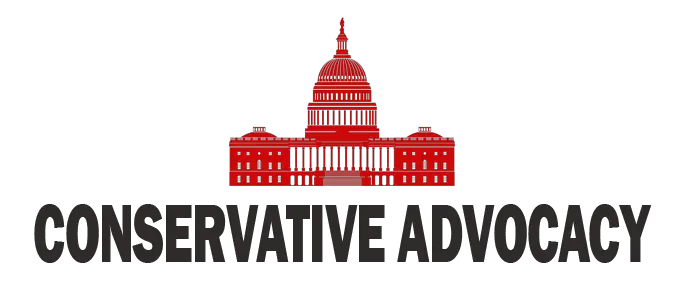In the grand circus that is Washington, D.C., the spotlight is now on an impending government shutdown, and it has all the makings of a real blockbuster. Former House Speaker Newt Gingrich recently weighed in on the situation, highlighting the chaotic strategies of the Democratic Party as they grapple with the prospect of shutting down the government. To put it simply, it seems like the Democrats have thrown logic out the window while attempting to navigate these choppy waters.
Gingrich chuckled at what he described as “the dumbest strategy” he has seen in a long time. It appears that the American public has sent a clear message: they do not want the government to shut down, nor do they support higher spending. However, the Democrats, in what can only be described as a puzzling move, are attempting to close the government unless they can ramp up spending. This double negative certainly makes for an attention-grabbing plot twist that has citizens scratching their heads in disbelief.
As the conversation unfolded, questions emerged about who exactly is leading this comical charge. Is it Hakeem Jeffries, Nancy Pelosi, or even the ever-energetic Alexandria Ocasio-Cortez? The truth remains elusive, leaving everyone to ponder who is truly at the helm. Gingrich’s theory, while rather colorful, suggests that a few individuals at the Democratic National Committee, perhaps fueled by questionable choices, might be calling the shots and coming up with these eyebrow-raising tactics.
Interestingly, while the political drama unfolds, there are other players in this riveting tale. Speaker Mike Johnson, with some backup from Trump, managed to put forward a clean continuing resolution—one without all the typical political wrangling. Yet, instead of embracing this straightforward approach, the Democrats appear bound and determined to bungle the situation further. As the days tick by, a few Democrats have even started siding with Republicans, hinting at a potential shift in the narrative as unity could emerge from the chaos.
Bringing the history of government shutdowns into the mix, Gingrich recounted the notable shutdown from the 1990s, which was a much more calculated affair. Back then, they briefly closed the government to secure a balanced budget, a move that resonated well with the public. In sharp contrast, today’s Democrats seem out of touch with what the voting populace truly desires, particularly when it comes to offering incentives to illegal immigrants rather than focusing on policy that benefits American citizens. With all this fray, Gingrich confidently labeled this debacle “the Schumer shutdown,” and rightfully questioned whether it can last much longer.
As the political wheels turn, it’s evident that the American people are ready for a resolution. They want the government to be open and running smoothly, not embroiled in a battle of absurdity. With humor and wit, Gingrich brings light to the madness gripping Washington, leaving many wondering not only how the shutdown will unfold, but how this peculiar chapter in political history will be written. Meanwhile, it is amusing to imagine that the antics of political players could one day inspire a comedic skit, much to the delight of audiences who simply want the government to function without the added drama.




